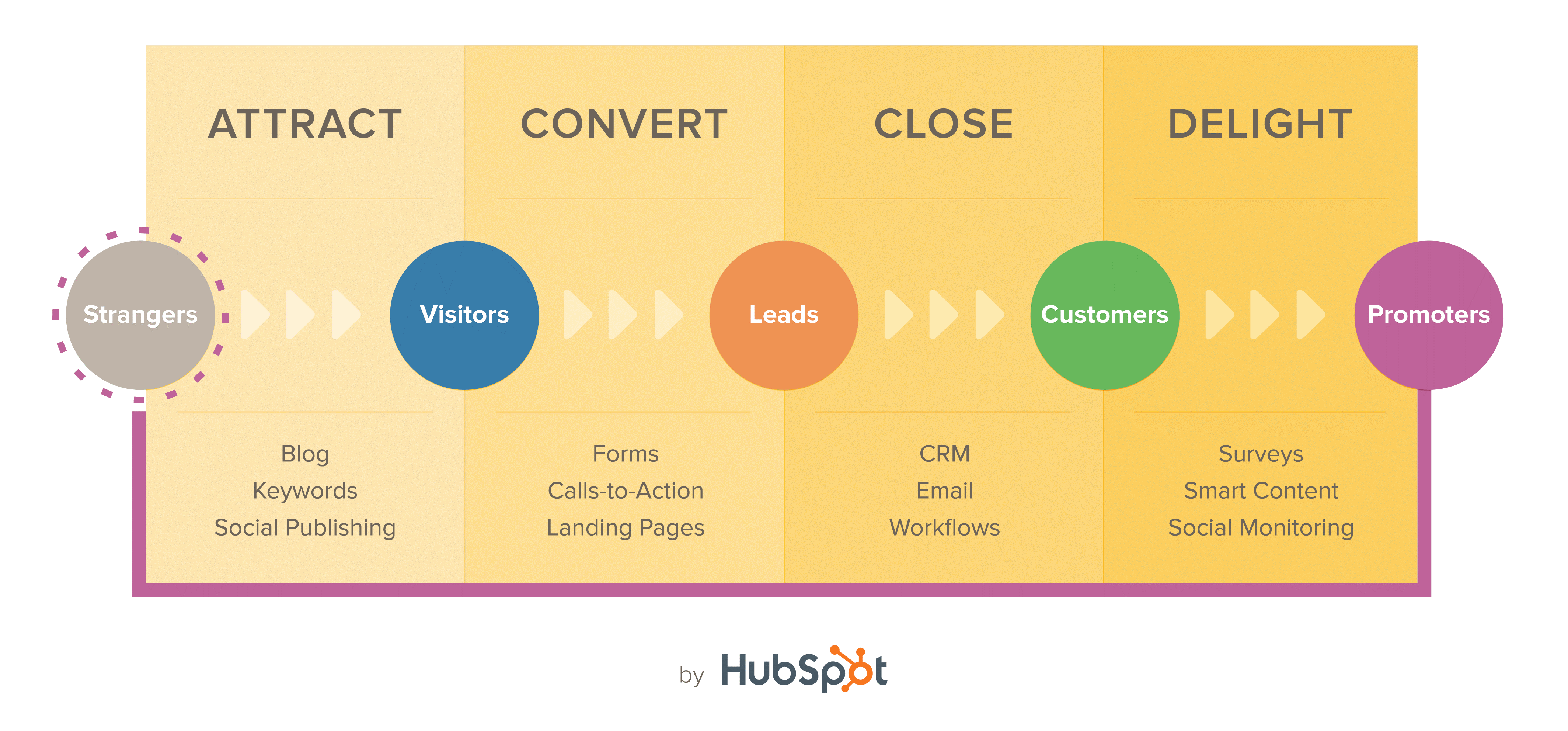Generate UK Glossary: The Key Marketing Terms
Marketing is full of seemingly complicated language and acronyms. With the continuous growth and change within the industry, there are always new terms flooding in thick and fast…. But do you know what they all mean?

We have created an easy-to-understand glossary to keep you on top of the latest lingo, so you know exactly what your fellow marketers are talking about. We have listed an overview of key terms, some common acronyms and a few of clever formulas to help you show the success of your marketing campaigns.
Key Marketing Terms
In order to give you some further insight into the world of marketing and what marketers are really talking about. We have collected a list of the common jargon you can expect to find floating around blogs and the boardroom and what they mean:
- A/B Testing – sending our two different versions on email or serving people slightly different landing pages to your audience to enable you to compare data and work out which performs better. View our latest blog on Experiments and Split Testing and how they can increase your conversions.
- Above The Fold – the ‘fold’ can be thought of as the ‘scroll line’ Any content ‘above the fold’ is visible on the webpage before your user scrolls down – usually the bottom of the browser window.
- Affiliate Marketing – when another business promotes your business, product or service on their external website or social platform for an agreed arrangement (payment or promotion of their business etc.) to generate you sales or increased referral traffic.
- Algorithm – the online sorting process made up of a set of rules that enables web users to get a return of the most relevant content to their searches, algorithms are also used where marketing automation and big data are concerned.
- Big Data – huge data sets that require a computer to analyse them in order to spot any similarities, trends other patterns.
- Brand Identity – characteristics that define your business both online and offline and the message that this portrays.
- Bounce Rate – The rate at which a visitors lands on a website and then leaves after only visiting one page.
- Chat Bots – using AI systems, they are an online system that allows your customers to interact with your business as if they are taking with a human team member – great for out of office hours.
- Cross Channel Marketing – portraying the same message across a variety of marketing channels – online and offline.
- Customer Journey – a customer’s path from prospect to making the conversion – every interaction with your business – from a like or share to contacting the business.
- Curated Content – a collection of content that hasn’t been created by yourself, however you share it because it will be of interest and add value to your audience.
- Demand Generation – the use of targeted marketing software to drive awareness to your business, products and services. This is different to lead generation, which is when specific data is collected about potential customers that is used to convert them into a sales lead.
- Demographics – characteristics which allow you to segment the population in particular groups.
- E-Commerce – an online platform(s) in which you can buy or sell your products and services from, both directly from your website or third party.
- Editorial Calendar – an organisational method so you know what content is being created or posted and when this is scheduled to happen.
- Evergreen Content – content that is relevant all year round – not affected by seasons, quarters or weather.
- Hard Bounce – an email returned back to you immediately because the email address sent to is non-existent or perhaps you have been blocked.
- Inbound Marketing – hooking customers into your website or brick and mortar via content that you have created.

- Inbound Link – any link from another website, linking back to a specific page on your website. Often called backlinks or referrals.
- Influencer – a famous or popular person on social media that your target audience follows and looks to for inspiration and ideas – great for brand endorsement.
- Impressions – the amount of times your content or advert has been seen.
- Keyword – a word or phrase that search engines use to segment and find content within its search results most relevant.
- Lead Nurturing – the way in which your business guides customers (and potentials!) through your marketing funnel towards conversion.
- Lead Scoring – this is where you would rank your prospect customers based on how likely they are to convert with your business.
- List Segmentation – often used when sending emails to a large audience. This is where you can divide your data into different lists based on various characteristics, this enables you to send more tailored campaigns to the user.
- Livestream – you can record and share a meeting or event live, when it happens people can view it as a conference, Facebook live or a live podcast. This enables users to get involved, engage and ask questions in real time.
- Long Tail Keyword – a keyword made up of short phrases that are narrowed down to specifically what you are selling.
- Market Segment – groups in which your target audience is divided into based on common characteristics and behaviours. Another of our recent blogs can tell you more about audience profiling and how it can benefit your business.
- Marketing Funnel (TOFU, MOFU, BOFU – Top of the funnel, Middle of the funnel, Bottom of the funnel) – the path your audience takes that takes them from potential to customer – leading to a conversion.
- Meta – a HTML tag that appears in the link to your website in a search result (title above link and description below), also what search engines use to determine how relevant your content is to a user’s search query.
- Niche Market – your specific market within your industry that your product or service is focused on targeting.
- Omnichannel – similar to cross channel marketing – a marketing method or goal that is used across a variety of channels.
- On-page optimisation – All editable SEO related items that help to improve your rankings on a search engine result – meta, title, slugs.
- Organic Traffic – users that have not been influenced by paid content – they have found your website through SEO rankings.
- Page Views – the number of times a specific webpage has been viewed.
- Page Authority – a score that predicts how well your business will rank in search engine results – the higher the score, the better you rank!
- Reach – the number or people that have seen your content – whether that be organic or paid.
- Responsive Design – meaning that your website will adjust automatically no matter what device they are being viewed on – desktop, tablet or mobile.
- Soft Bounce – when an email is returned back to you before it has the ability to be opened – this could be for a number of reasons like a full inbox or filters.
- Slug – the end of your URL that differs one of your webpages from the next. Search engines also use these to see how relevant your page is to a user’s query.
- Spam Trigger – specific words or code that could cause your email being sent straight to your audience’s junk folder.
- Title Tag – part of your webpages HTML that tells search engines specifically what the page is about.
- User-Generated Content – any content that has been created by brand advocates or people interested in your brand, product or service.
- Viral Content – any piece of content you create that becomes very popular over a short space of time – these are usually something a little bit different, funny, controversial or topical.
- White Paper – a document which contains a report on a specific topic, presenting your audience with a problem and you’re providing a solution to this.
Acronyms & Abbreviations
The marketing world is full of acronyms and abbreviations, and there is nothing worse than being asked about something you just don’t understand. We have compiled a list of the top, most common acronyms you are likely to find flying around the network, so you can be that bit more knowledgeable when you receive you next marketing communication or are caught off guard in conversation.
- AI (Artificial Intelligence) – a computer system that simulates natural human behaviour – discover more about AI in another of our recent blog posts, about Digital Body Language.
- AIDA (Attention Interest Desire Action) – This is also known as the marketing funnel, which describes what action a customer takes along each stage.
- B2B & B2C (Business-To-Business & Business-To-Consumer)
- CRM (Customer Relationship Management) – a system that analyses data about your customers historic interaction with your business.
- CMS (Content Management Systems) – software that manages and helps to create online content – e.g. WordPress, Magento, Umbraco
- CTA (Call To Action) – your instruction to your audience telling them what you want them to do next – e.g. call us today, book your test drive etc.
- DNS (Domain Name Server) – the system that controls both your website and email settings.
- ESP (Email Service Provider) – a business that provides you bulk emails – for example Mail Chimp or Red Circle.
- GA (Google Analytics) – Google’s analytics software that allows you to view metrics about your website and how your audience are interacting with it.
- HTML (Hypertext Markup Language) – ‘web language’ used to determine what your audience can see and how it is tracked.
- KPI (Key Performance Indicator) – a measurable data point that help your business to track its goals and achievements.
- MQL (Marketing Qualified Leads) – a lead that are deemed more likely to become a customer compared to your other leads – this is based on the number of pages they’ve visited and what they have downloaded.
- SQL (Sales Qualified Leeds) – a prospect customer that has been researched by the marketing department and then by the sales team and they are ready for the next stage of the buying process.
- SEM (Search Engine Marketing) – promoting your website via the increased ranking in search engine results. Similar to SEO (Search Engine Optimisation) which is the optimisation of your website to increase your rankings on organic search results.
- PPC (Pay Per Click) – a form of paid advertising, where you pay a fee each time your advert is clicked on. Search Engine Advertising is the most popular form of PPC.
- SERP (Search Engine Results Page) – a list of search results returned by search engine in response to your keyword.
- USP (Unique Selling Point) – something that differentiates your business, product or service from your competitors.
- UX (User Experience) – the emotions your audience portray when they interact with your various webpages and online content.
- UI (User Interface) – this refers to any controls that your audience would interact with on your website – like drop down menus and buttons.
- WoW, MoM, YoY (week-on-week, month-on-month, year-on-year) – mainly used when comparing stats and metrics on campaigns to show your website’s progression and growth.

Marketing Metrics
Although it may not seem like marketing and maths go hand in hand, it turns out there is, in actual fact, a lot of math involved in when it comes to marketing – whether that be social media, email or paid search. Maths comes into play when you’re looking to discover the value of your marketing, working out the cost of an email or how well a blog post converted. Numbers are the key to proving the success of your marketing!
- Conversion Rate – the rate at which your customer completes a conversion – whether that be a sale or a contact form sent back.
- Number Of Conversions / Total Ad Clicks
- CPA (Cost Per Acquisition) – Also known as Cost Per Action – This works out the amount you pay per conversion, as you only have to pay when a conversion takes place.
- Cost Of Marketing / Number Of Conversions
- CPO (Cost Per Open) – the percentage of clicks each of our email opens receives – you can also break this down into individual links and overall link clicks per email.
- Cost Of Marketing / Number Of Email Opens
- CPC (Cost Per Click) – the amount you earn each time a user clicks on your advert – you may be willing to pay more per click for certain products or services than others, depending what their return is.
- Cost Of Marketing / Clicks
- CPL (Cost Per Lead) – this is useful when the goal of a campaign is to generate leads.
- Cost Of Marketing / Number Of Leads Generated
- CTR (Click Through Rate) – the number of times a link is clicked compared to the number of people who have seen the link.
- Clicks / Impressions
- Open Rate – the amount of times your email is opened compared to the number of emails sent, per campaign.
- Emails Opened / (Emails Send – Emails Bounced)
- Engagement Rate – the rate in which a user engages with your content – this could be a like, share or a comment.
- Total Number Of Followers / Total Number Of Engagement x 100
- ROI (Return On Investment) – the money you make compared to the money spend on marketing your product or service.
- (Revenue – Overall Costs) / Overall Costs
